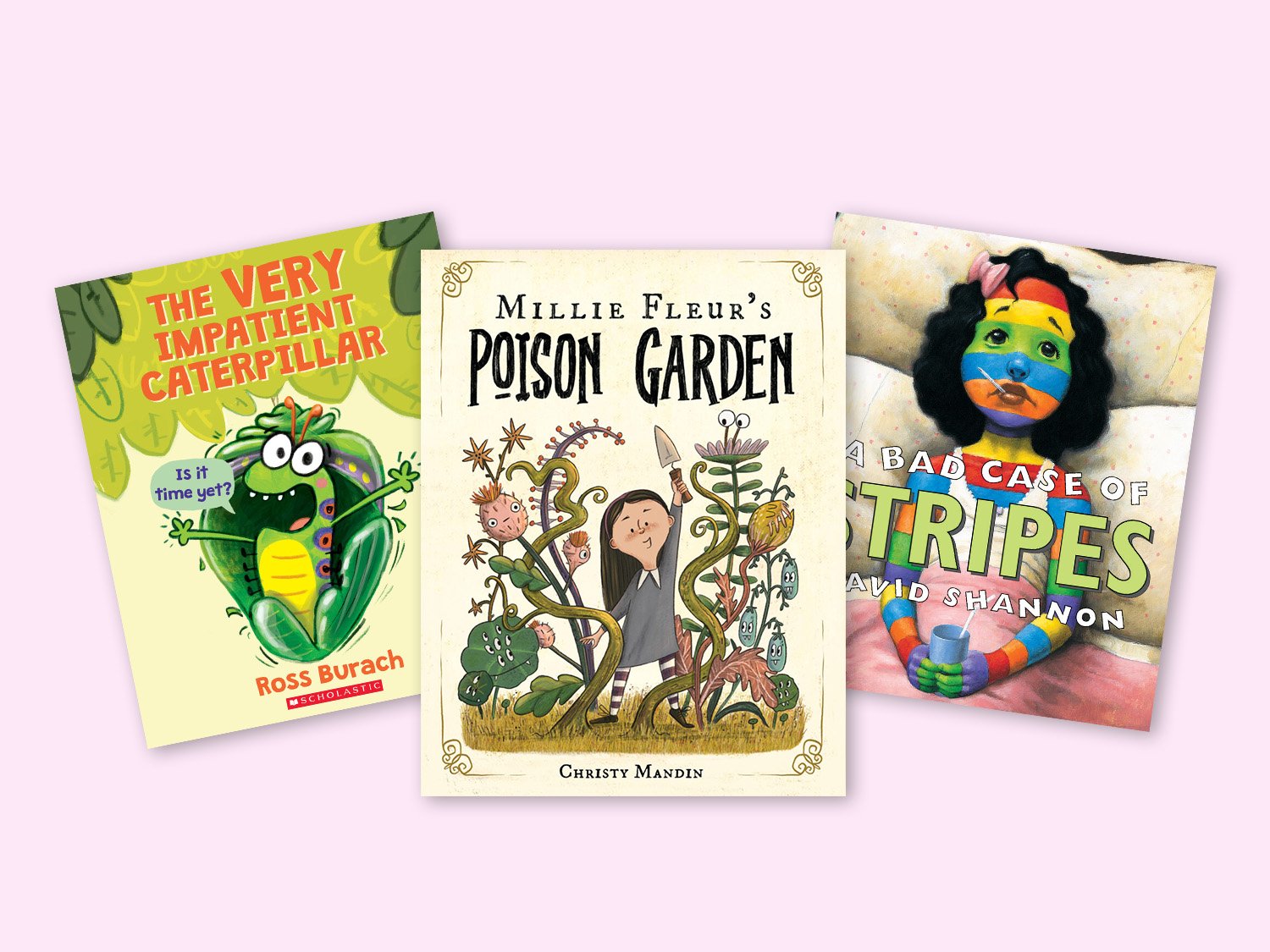10 Tips Experienced Teachers Have on Read-Alouds for New Teachers
Build early-career story time skills with these expert tips!
Reading aloud to your students is one of the best parts of being a teacher — all those twinkling eyes and captivated ears are glued on you as you bring your students’ favorite stories to life! But reading aloud can seem a little daunting, especially if you’re a new teacher.
These 10 read-aloud tips from experienced teachers will help you build your story time skills and take your read-alouds to the next level.
1. Practice, practice, practice: Leana Malinowsky, a second-grade teacher in New Jersey, has been teaching for 13 years. She believes read-alouds provide the perfect opportunity to connect with students through literature and promote critical thinking skills. But, of course, it takes practice.
“If you are new to read-alouds, this will be your go-to strategy to feel comfortable and prepared,” she says. “Review the book you selected, keeping your unit, lesson, theme, and strategy in mind.”
2. Prepare ahead of time: Malinowsky also recommends taking notes on all the important points you want to share with your students and where in the text it’s appropriate to stop and discuss.
“Taking notes also offers opportunities to discover points you might not have thought of otherwise,” she says. “Using sticky notes with your thoughts also acts as a signal for when to pause and reflect, which helps if nerves set in, or you simply forget.”
3. Make connections: Samantha Bradshaw, a second-grade teacher in Wisconsin, has been teaching for eight years. She notes that storytime is a great time to make cross-curricular connections.
“Read-alouds provide the perfect opportunity to introduce, reinforce, or extend learning on a topic from another subject,” she says. A book like Penny Pot, for instance, is a great way to talk to students about how money works. That allows teachers to explore equations that involve money, Bradshaw says.
4. Encourage questions: It’s also important to consider the questions your read-aloud may inspire. “Not only should the teacher ask questions, but allow for students to ask questions, too,” says Bradshaw. “Teachers could even plan for ‘turn-and-talk’ or ‘stop-and-jot’ sessions during reading.”
5. Get into a flow: One of the goals should be to strike a balance with story time. Avery Lieske, a third-grade teacher in Alabama, is about to enter into her ninth year of teaching. She prefers to get lost in a book and read to her students without interruption.
“They are so engaged and always ask me to read more because I spend less time directly instructing during a read-aloud and more time just reading,” she says. “When you can read uninterrupted, it also gives students the time to build their own opinions and predictions and that leads into deeper class discussions.”
6. Embrace being goofy: Additionally, incorporating a silly voice or two — or three! — will make story time really come alive. “When you read in a silly voice it also shows your students that your classroom is a safe place to be who they are and may even build their confidence,” says Lieske.
7. Stay authentic: “Read-aloud time is when students get to see you in action as a reader,” says Malinowsky. “Don’t be afraid to model exactly how you would think, and also consider the age, grade level, and reading level of your students.”
8. Start fresh: Once you have some successful read-alouds under your belt, Malinowsky suggests taking a big leap of faith and reading a new book you haven’t previewed to your class.
“Sharing this with your students shows them your vulnerability and how everyone makes mistakes while reading,” she says. “It’s also a chance to show them how you approach a new book and utilize different strategies in the moment.”
9. Don't be afraid to stop: One thing Bradshaw wishes she knew earlier in her teaching career was that you don’t have to finish a read-aloud.
“You may decide to read aloud a section of a book to model a specific skill or reading strategy,” she says. “If your students get bored with a novel, it’s okay to abandon the book. This is something many adults do, why can’t teachers and students?”
10. Keep reading out loud: Lastly, don’t forget that no matter their age, students love being read to, especially when it comes to picture books.
“Using a picture book with older students provides an opportunity for them to lead and think how they might explain the concepts to a younger child and motivates them to stretch their thinking about the text,” says Malinowsky.
Shop must-have books to read aloud below! You can find all books and activities at The Teacher Store.
Being kind can be a little difficult, even for dinosaurs. But with a little practice and some heartfelt humor, our prehistoric pals can develop empathy and compassion for others. Join in the hilarity as the bestselling duo Jane Yolen and Mark Teague teach young readers and dinosaurs that being kind is important and cool!




